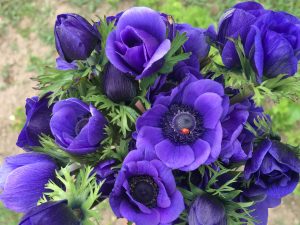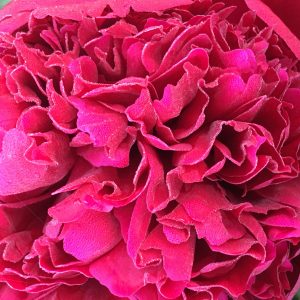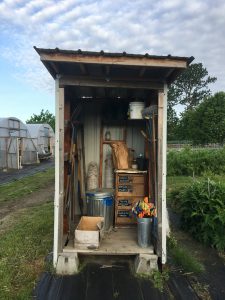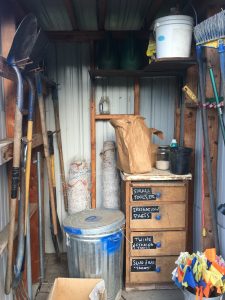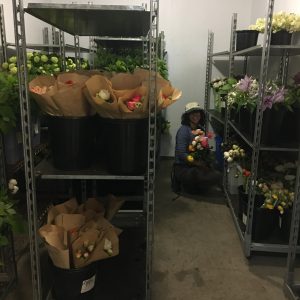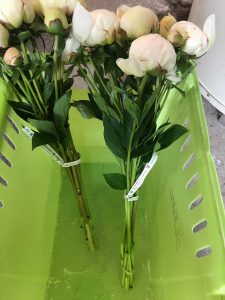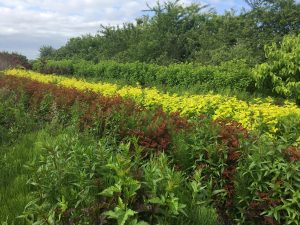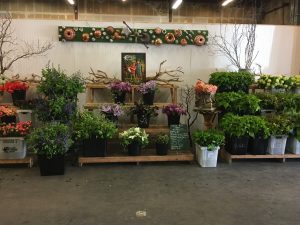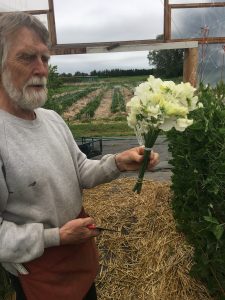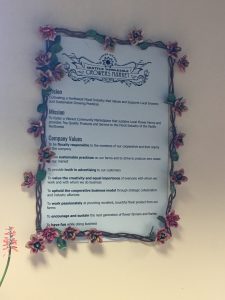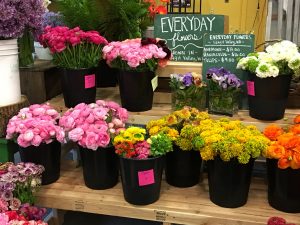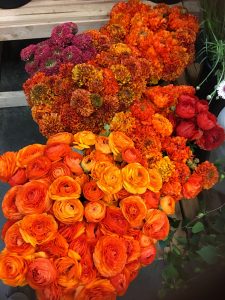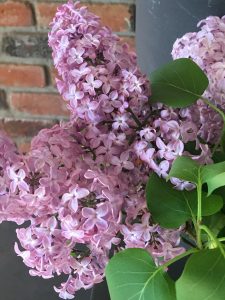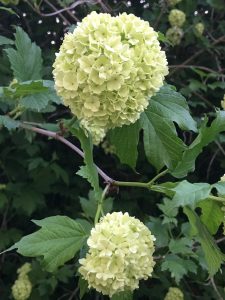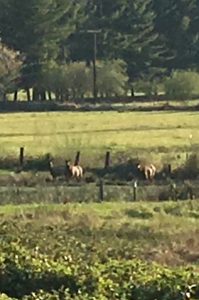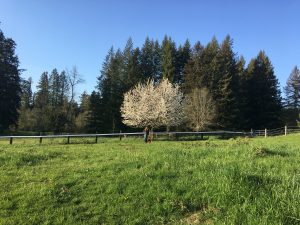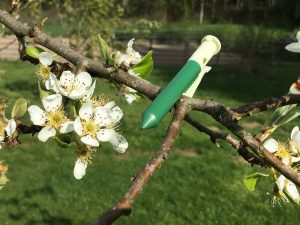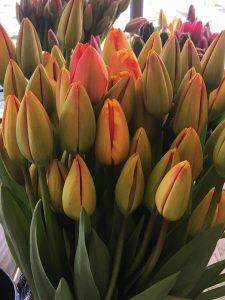I discovered that starting a business requires research, planning, thought, and decision making, much like plotting out a garden. Participating in the Enterprise for Equity program helped set the course I needed to take to make the leap and open a business in Washington State.
My first course of action was to research resources and interview farmers, lawyers, insurance agents, graphic artists, and tax experts. Most of the wholesale flower farmers I spoke with have chosen to operate their business as a sole proprietorship. This means that their business is owned and run by one person and there is no legal distinction between the owner and business entity. A sole proprietorship is the least expensive and complicated route to forming a business. I chose to form a limited liability company (LLC) for the added protection and creating a plan that will work for me. An LLC provides owners (members) protection from business debts and liabilities. Creditors cannot pursue the personal assets (house, savings accounts, etc.) of the owners to pay debts. An LLC can be taxed as a sole proprietorship, a partnership, or a corporation. The one drawback to an LLC is the added filing fees, annual fees, and extra paperwork. I will need to keep records of business expenses completely separate from my personal spending. I will also have a separate business banking account.
Before making my final decision I consulted with Barnard Kalikow of Kalikow Law office in Olympia. We discussed my desire to bring a partner into my business in the future and the advantages of sole proprietorship, LLC, and corporations. We both agreed it would be best to form as a limited liability company for asset protection and the ease of bringing in a future business partner.
I also met with Brian King of Farmers insurance company, he acknowledged that my business was low risk. I do not have people visiting my farm, nor am I selling a product for consumption, however my home policy would not cover incidents are accidents related to the business. The yearly cost for business insurance will be $900.00.
Another helpful and free resource for information was Keri O’Connell from the Washington State Department of Revenue. Keri is a tax information specialist and offers taxpayer services, she was a guest speaker at Enterprise for Equity. I found the Washington State Department of Revenue staff to be approachable and helpful. Their website is www.dor.wa.gov
Filing with the Washington Secretary of State is required prior to filing for a business license for corporations and limited liability companies. They assign a Unified Business Identifier (UBI) number. This is a nine digit number that will be used to file and pay all state taxes and do business in Washington state.
For federal taxes a Unified Business Identifer (UBI) will be assigned as well. This number is for federal tax filings. Both numbers are like a fingerprint for the business.
https://www.sos.wa.gov/
The cost for filing a business license application was $5.00 for my trade name, $19.00 for the processing fee, and $30.00 for a general business endorsement fee.
http://bls.dor.wa.gov/
